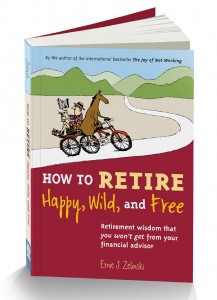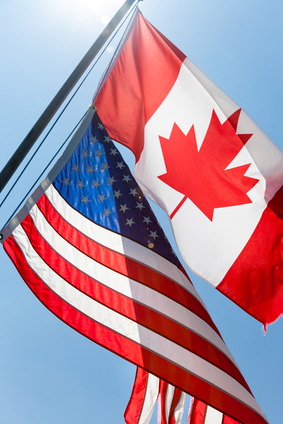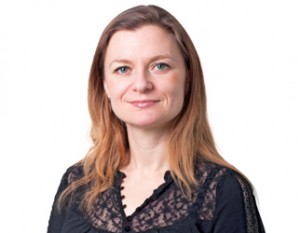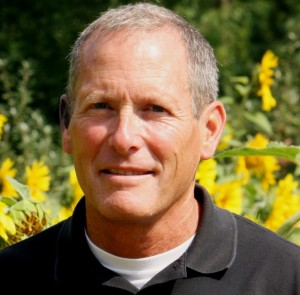 I have a lot of books about Retirement and Financial Independence in my personal library, but I seldom go through any one twice. Today’s review is an exception because of a lunch I had with a friend we’ll call Albert (not his actual name).
I have a lot of books about Retirement and Financial Independence in my personal library, but I seldom go through any one twice. Today’s review is an exception because of a lunch I had with a friend we’ll call Albert (not his actual name).
Albert is a former client with whom I’ve kept in touch. He’s now 70 and just begun to retire. Because of various circumstances, he was unable to engage in most of the basic practices described here at the Hub, so no taxable or non-registered savings for Albert.
Fortunately for him, he bought a house in Toronto at something like a third of what’s it’s worth now, and it’s that home equity that has allowed him to finally stop working. He has no dependents and after going over the pros and cons took out a reverse mortgage. Continue Reading…






